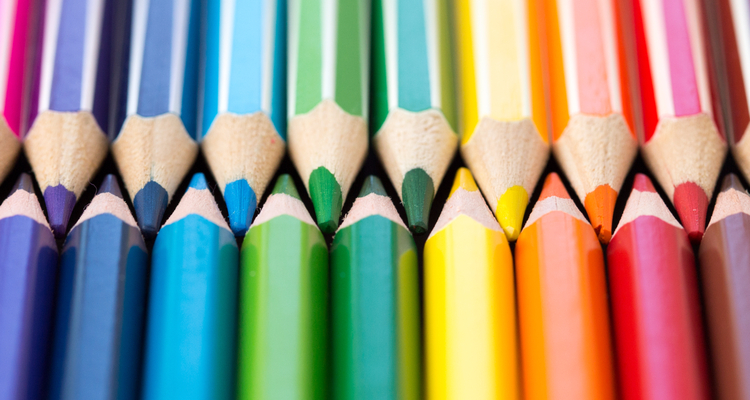
Psychology Science Fair Project: Do People Remember Better in Color?
Do people remember better in color? This psychology experiment tests whether people recall details better when color is involved. The student conducts the experiment using the same coloring book page, one in black and white and one in color.
Science Field: Psychology, Human Sciences
Grade Level: 5th-6th Grade
Materials: Identical coloring book pages, half in black and white, half in full color, timer, pencil, notepad, computer (digital table to record results)
Questions to Consider
Make sure to give feasible answers and back them up with support and evidence.
1. What is recall? How is it different than memory?
2. What is color?
3. How does the brain process color?
4. Does color affect memory recall? If so, how?
5. What other factors affect a human’s ability to recall?
6. Will subjects recall better when observing a scene in black and white or in color?
Instructions
1. Develop a hypothesis based on critical thinking, research on the above questions and other background information.
2. Find a coloring page with a specific scene that contains lots of details that you can ask your subjects questions about. Try to use a coloring book that is detailed and has scenes like cityscapes or objects in the picture. Avoid pages with nothing but designs as it will be difficult to develop specific questions. Activity books that contain memory recall pages would be appropriate for this experiment.
3. Copy black-and-white pages. Then color the coloring sheet and print color copies. Make sure all pages are identical, limiting your variables.
4. Develop 5-6 specific questions regarding the coloring sheet. For example, how many birds are in the picture? What toy was the little girl playing with? What did the sign above the store say?
5. Use a test sample of at least 16-30 people. Give half the group the black-and-white page. The other half receives the full-color page.
6. Have each subject study the picture for one minute. They should try to remember as much of the scene as possible, noticing specific details.
7. Once the minute is over, collect the coloring sheets and hand out your series of questions.
8. Give each subject one minute to answer the questions. Make sure to record important information (name, age, gender) about your test subject in case you need to refer back to it when analyzing the results of your experiment. Notice and record in a spreadsheet how long each subject took to answer the questions. Average the totals. Which group took longer to answer the questions?
9. Collect the survey and check each subject’s answers. Analyze the data and tally how many correct and incorrect answers there were for both groups. Develop a series of questions to prove your hypothesis. Were there specific questions that each group frequently missed? Were there specific questions that both groups answered correctly?
10. Record your data in a spreadsheet. Find the average correct answer score with each group. Find the average incorrect answer score with each group.
11. Based on the data, develop a conclusion about your experiment. Review your questions and background information and discuss possible variables that could have affected the outcome of your experiment. Decide if your experiment was successful and if your hypothesis was correct.
12. Show your data in a thorough report and an attractive presentation.
Alternative Experiment: Use a black-and-white and colored photograph of the same scene to test subjects’ ability to recall.
